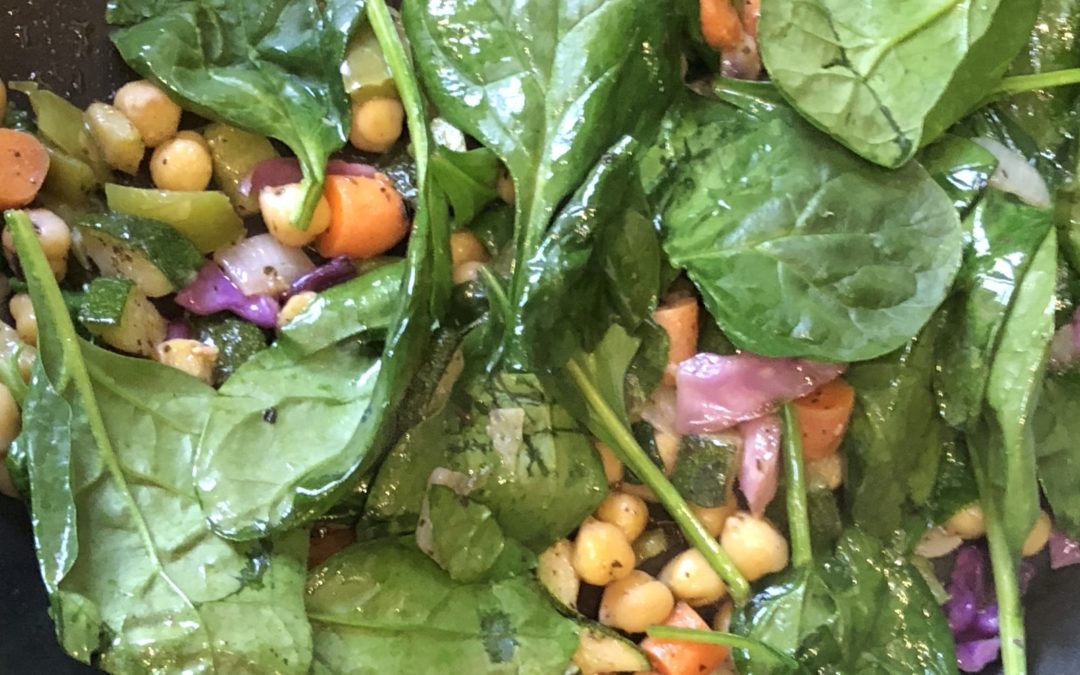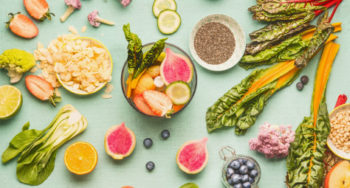We all have them, right? Before you know it, despite what you told yourself you weren't going to do, you've got that cookie in your mouth (or if you are a salty person like me, cheezits!). So WHAT are these things we call cravings and what can we do about it?
Before I forget to remind you, today is the LAST day for the Mother’s Day blowout deal! But you have to schedule TODAY your free call with me (call doesn’t have to be today, but you have to schedule today).
 A number of mechanisms have been advanced to explain the physiological and pathological changes in behavior that lead to food cravings and a loss of control of over eating. The latter, of course, is a major concern with obesity and a number of eating disorders. Cravings, in my opinion, are a perfectly messy example of how we are constantly entrenched in bio-psycho-social paradigms at every turn. I have some of my own thoughts about the BIO PSYCHO AND SOCIAL components of cravings at the end, but, for now, I want to share an article from Scientific American about this,
A number of mechanisms have been advanced to explain the physiological and pathological changes in behavior that lead to food cravings and a loss of control of over eating. The latter, of course, is a major concern with obesity and a number of eating disorders. Cravings, in my opinion, are a perfectly messy example of how we are constantly entrenched in bio-psycho-social paradigms at every turn. I have some of my own thoughts about the BIO PSYCHO AND SOCIAL components of cravings at the end, but, for now, I want to share an article from Scientific American about this,
"Researchers have employed functional magnetic resonance imaging (fMRI) to explore the neural basis of cravings and the imaging data suggest that components of the amygdala, anterior cingulate, orbital frontal cortex, insulin, hippocampus, caudate and dorsolateral prefrontal cortex are activated during periods of pining for food. It appears that there may be a network of neural regions that is involved with the emotion, memory and chemosensory stimuli of food craving.
Eating is generally a pleasurable social experience. Using chocolate consumption as an example, it follows that there may be constituents in chocolate that influence satiation or alter our acceptance of the treat including psychoactive or mood-altering endogenous compounds such as phenylethylamine, tyramine, serotonin, tryptophan and magnesium. It is important to note, however, that many other foods, including dairy products, also contain these compounds at higher concentrations but tend to have somewhat lesser appeal than chocolate does.
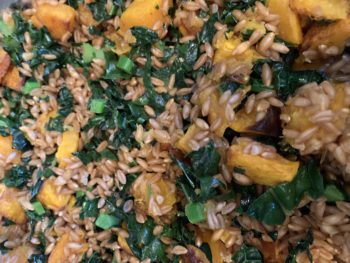 Studies suggest that chocolate craving, especially among women, may result from a sense of deprivation or in reaction to stress, peri-menstrual hormonal fluctuation and modulation of neuropeptide concentrations. Regardless of the factor(s) that initiate chocolate cravings in women, the apparent physiological explanations are inconsistently expressed in a diversity of cultures, especially among those that consume large amounts of chocolate.
Studies suggest that chocolate craving, especially among women, may result from a sense of deprivation or in reaction to stress, peri-menstrual hormonal fluctuation and modulation of neuropeptide concentrations. Regardless of the factor(s) that initiate chocolate cravings in women, the apparent physiological explanations are inconsistently expressed in a diversity of cultures, especially among those that consume large amounts of chocolate.
Some investigators have proposed that carbohydrate craving (with resulting consumption) attenuates depression. This theory results from some observations that diet can modulate the serotonergic system in the brain which is linked to mood. Research that shows administration of naloxone, an opiate antagonist, appears to reduce food intake provides additional evidence for a nutrition-neurological interaction. This effect appears to inhibit mainly the consumption of sweet, high-fat foods such as chocolate. Studies of cannabinoids and antagonism of cannabinoid receptors have shed more light on the complex neurochemistry of selective appetite. In addition, research on satiety or appetite control mechanisms residing in the gastrointestinal tract has led to the identification of an entire spectrum of gut neuropeptides with elaborate central nervous system feedback.
Nutrient deficiencies may result from these abnormal behaviors; however, the scientific literature does not support a causal relationship with food cravings or pica. "Cravings" undoubtedly represent a true bio-psycho-social paradigm in which sociocultural factors, stressful environments and hormonal fluctuation participate in a complex drama performed on a neurological stage and the result has varied--and as yet incompletely understood--implications for nutrition and health.”
Okay, and now onto Wholist’s thoughts on the BIO PSYCHO and SOCIAL components of cravings and what they might be.
Let's start with PSYCHE: We’ve talked a ton about EMOTIONAL HUNGER, and that is probably at the root of more of the “cravings” than anything else. Whether it is fear, or anxiety, or anger, or loneliness, or uncomfortable or upsetting memories, it is a natural tendency to want to buffer those feelings so we don't feel them as rawly. (is rawly a word?). It is just our nature, who wants to feel pain? Some people buffer with alcohol, some with exercise, some with sleep, some with drugs or tobacco, many of us buffer with food. Often because our parents rewarded us with food (I'm entirely sure my husband only learned how to swim because of the donut shop next to the Y). Finding the base of that feeling and ‘feeding’ it / buffering it with something other than food is essential. In the WholeYou Weight Wellness™ program, my coaches and I talk a TON about how to do this. To be honest, it is the as much of the conversation as the food (and sometimes more). We use techniques from the coaching world, such as what I call "self cognitive behavioral therapy" and positive psychology, to really dig into this and rewire new brain patterns to get to the results we desire. 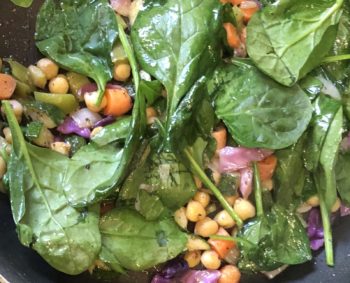
Next, SOCIAL HUNGER: We’ve also talked a bunch about what I call “mind hunger” which is the situational memories or habits around food. This is really, really hard work to get out of because food is EVERYWHERE in our culture. It is in your face all the time in the form of ads, restaurants and social cues. Our cravings live as a tapestry of visual images in our mind. We don’t just think about that piece of cake, we actually see it in our mind’s eye. You need to put time between you and the unhealthy food ‘stimulant’. The more time elapses, the more difficult it is for your mind to create a good image of the stimulus and, therefore, the less likely the craving will appear. In other words, the longer it has been since you indulged in that fudge sundae, the harder it becomes for your mind to create the ‘image’ of that gooey ice cream and chocolate sauce and the less likely you will be tempted. Over time, the cravings subside and, ultimately, disappear altogether.
And now, the BIO HUNGER: This is what I call hunger that is from biologic processes, this can be real body hunger (although as my intermittent fasting clients know, even that isn't really real most of the time) and it can be bio addictive hunger (see the food addiction blogs for more info). Many people mistakenly believe you curb cravings simply by ‘breaking’ the addiction to the unhealthy food. But that’s only part of the story. Just avoiding the ‘bad stuff' isn’t enough. We need to stop the unhealthful food and replace it with a health-promoting, nutrient-rich alternative. In other words, we need to address the EXCESS of bad foods while we simultaneously correct the LACK that caused the bad craving in the first place. We know that sugar and flour are addictive and it is causing the hormonal issues we have. It is also stripped of many of the micronutrients that we need. But, if you eat a well-rounded WholeYou food plan, you will have those micronutrients readily available, stabilize your physiologic and metabolic processes and calm your body and your mind while doing so. Eating intentionally and scheduled with commitment and avoidance of cheat days will help you along as well.
You'll see often that in popular media, they loooove to talk about quick fixes for cravings with specific foods. As always, I'm going to pop the "it's this easy" balloon. Because when it comes to our bodies (especially when it comes to food), we are too complicated for the Staples button. The studies are poor and conflicting about some of these micronutrients being connected to cravings, but I will mention a few that are interesting to think about.
- Calcium and magnesium deficiency—which often go hand in hand—prime you for sugar and salt cravings. Low magnesium levels, specifically, are known to trigger chocolate cravings. Both stress and eating too much sugar can decrease your absorption of calcium and magnesium and diminish your stores further, worsening cravings and making you a prime stress-eating candidate. Additionally, sodium and calcium in cellular processes are integrally linked, and the increase in sodium does transiently increase the calcium in your blood. So, if you are deficient in calcium and you eat salt, this can trick your body into thinking its calcium problem is fixed. Hence, salt cravings are correlated to calcium.
Eat up: Get your calcium fix from dairy products like yogurt, kefir, and cheese; bone-in sardines; and dark leafy greens. Hit your magnesium quota by downing nuts, seeds, potato skins, dairy, and broccoli.
- B vitamin is important because it helps your body deal with stress. B vitamins like B1 and B5 keep your adrenal glands functioning properly, and B6 and B9 aid in the formation of certain neurotransmitters that help regulate mood and make you feel good. In periods of high stress, your body uses up these vitamins more quickly, making you prone to the effects of stress—like overeating—if your levels aren't sufficient. Other B vitamin depleters include caffeine, alcohol, refined sugars and medications like birth control pills and NSAIDs.
Eat up: B vitamins are found in a wide array of meats, seafood, dairy, but for those of you striving to be plant forward (like me), and produce such as dark leafy greens, bananas, potatoes, avocados, egg yolks, chicken, salmon, and yogurt—so ensure you're getting enough variety in your diet. Big salads are your BFF.
- Zinc: This mineral tends to be low in older people and anyone under a lot of stress. Hello, that's, like, everyone. It's not so much that low zinc makes you crave but being low can significantly dull your sense of taste, prompting you to add more salt and sugar to foods while seeking out extra sugary and salty items before you're truly satisfied.
Eat up: This mineral isn't easy to find, but it's most prevalent in some animal sources like oysters, crab, liver, dark chicken meat, and, to a lesser extent, eggs, green peas, and nuts.
- Iron: Being low in iron, which is especially common among premenopausal women and vegans, may cause meat cravings so that you get meat’s heme-iron to build RBCs in iron deficient anemias.
Eat up: You can get a good dose of iron from meat, poultry and, even, fish. Plant sources of iron aren't as readily used by the body, but your best bets include dried fruits, cashews, pumpkin seeds and legumes. For optimal absorption, make sure you eat your iron with a source of vitamin C: Think steak with spinach.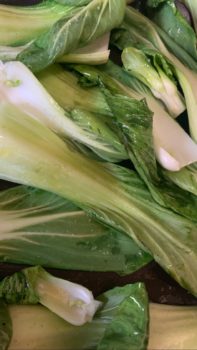
OKAY. So, summary: Feel and investigate your feelings instead of dulling them by eating or drinking to avoid EMOTIONAL CRAVINGS. Recognize and re-pattern your social behaviors to avoid MIND CRAVINGS. Avoid BIO CRAVINGS by removing sugar and processed flours and grains and eating an intentional WholeYou food plan to get what you need when you need it.
I am Dr Heather Hammerstedt, I have my doctorate in medicine, board certification in emergency medicine and lifestyle medicine, an integrative nutrition health coaching certificate, a medical acupuncture certificate, a masters in public health, and two tiny crazy muppet humans and a hilarious husband who keep me honest. I’m also the CEO and Founder of Wholist, a lifestyle medicine coaching and consulting company that specializes in helping busy professional transform their current and future health futures to meet their goals, all with evidence, education, empowerment delivered by flexible technology to meet you where you are to help you succeed. Join us on Facebook for ongoing discussions in the Wholist’s Hammerstedt Health and Wellness public group! I can answer all your questions there!

